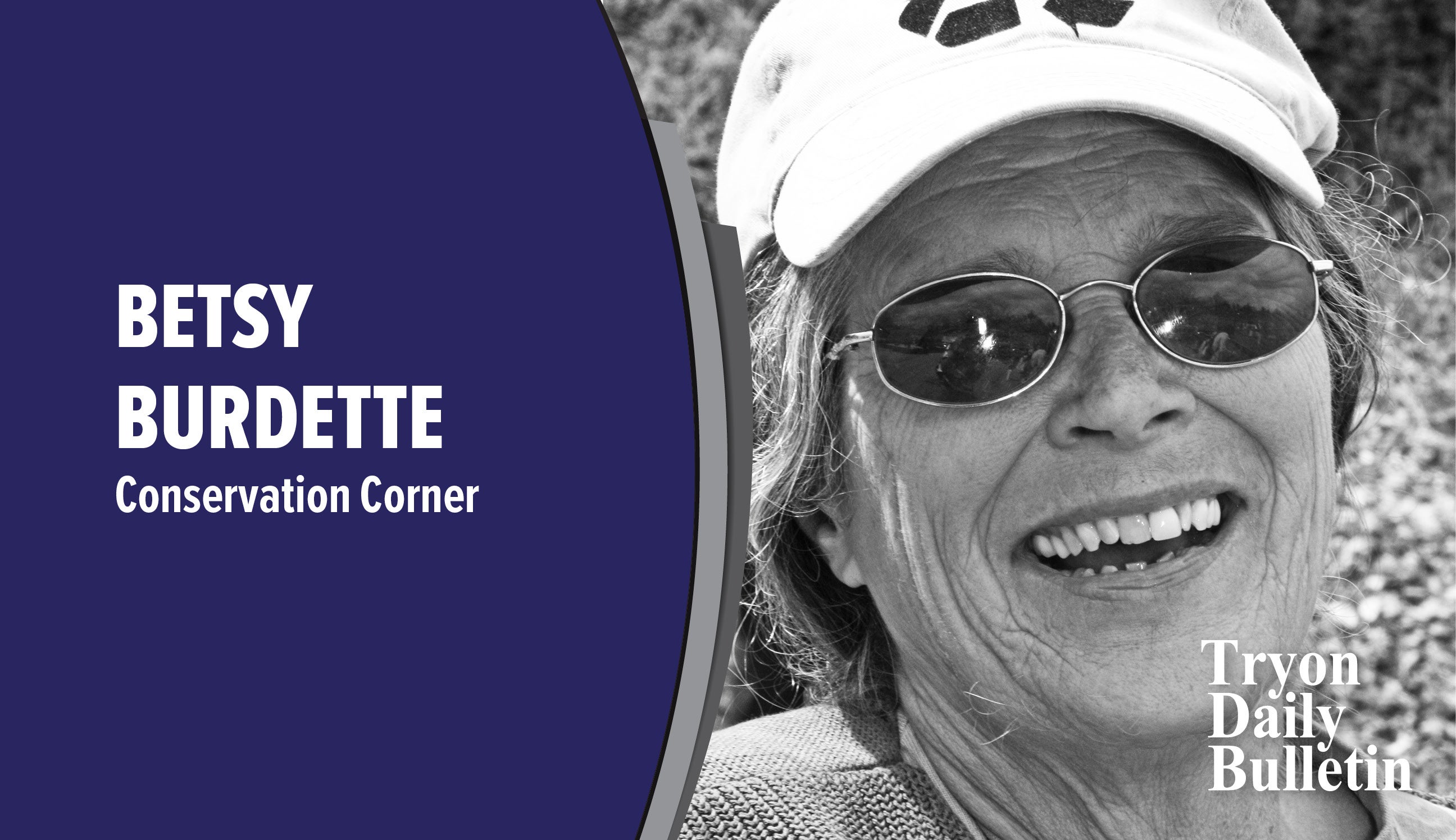The gifts we give
Published 11:02 am Wednesday, March 1, 2023
|
Getting your Trinity Audio player ready...
|
It is interesting that we often learn more from our children than we thought possible, considering the fact that we old folks have had so many years more to learn about the world and how things work.
Maybe humility is one of the first things that we learn, from the many mistakes we’ve made in the past and mistakes we’ll probably make in the future. Our granddaughter Lucy is way smarter than me, so my only reply to her when she is telling me just how smart she is “Yes, you may be smarter than me, but I’ve lived longer and I know more.” Part of wisdom is the knowledge that we will never know everything, regardless of how long we live.
I’m Lucy’s nature teacher, so we go walking in the woods at least once a week. The whole idea of these walks is to look around and to look for different things wherever we go. Lucy loves moss, so we look for it everywhere we go. She knows that moss grows on the north-facing side of the mountain slopes, and she is aware of the fact that there are SO MANY different kinds of moss growing on rocks and trees and moist soils.
Did you know that there’s a certain kind of moss that grows on rocks that our ancestors used for making bread? If you soak that scaly moss in water for several days it starts to ferment and bubble, and that water can be used for making yeasted breads. Long before Fleishman figured out what kind of yeast is the most stable and easy to dry for market, our ancestors were making bread on their wood stoves with moss scraped from the rocks on our mountains.
One of the truisms that Lucy is learning is that dead plants and animals provide nutrients in the soil. Those nutrients help new growth. Without dying trees with that moist dark bark, there would be no moss on those trees. Decayed animals make the soil fertile; decomposed bones help keep soils from being overtaken by the acids produced by evergreen trees. In short, death creates new life. Yes, there are a lot of details and variables, but the truth is that our environment is the gift left by all that lived on this earth before us.
One day last week I was walking on a trail near here. I was looking at all the plants coming up already this spring, walking along a lovely little creek. Then I came to an old dump site; it had been covered up with dirt but the dirt had slid downhill to expose the trash beneath. I happen to know that this old dump site was covered over at least 35 years ago. What caught my eyes was the fact that the plastics that had come to the top of the surface were in perfect shape – bright colors. The glass liquor bottles were perfect too. The paper cups, boxes, wooden things, and metals were beginning to decompose, but not the plastics.
I could only think of one thing: how many years will it take that shiny blue plastic drinking cup to become part of the earth? And it reminded me of the lesson that I’ve been teaching Lucy, that death in the natural world creates new life. The death of one tree, bird, or deer will create new life for the next 100 years and more.
What our industrial, consumption culture is leaving behind is not making the earth healthier for living organisms of the future. Our bodies will be encased in cement, polyester, and metal caskets. The earth will be filled with plastics and toxins left by deadly fertilizers.
Did your mother tell you, when we were children, that we get what we give? Our grandchildren and all the natural world will pay the price.


